Hair loss is a pervasive concern that transcends age, gender, and cultural backgrounds, affecting millions of people worldwide. Whether it’s the gradual thinning of locks or the sudden appearance of bald patches, it can have significant emotional and psychological impacts on individuals, influencing self-esteem and self-confidence. Despite its prevalence, misconceptions and myths often shroud this complex topic, leading to confusion and frustration for those grappling with the condition.
In this comprehensive guide, we embark on a journey to unveil the truths about alopecia that everyone should know. Delving into the multifaceted world of alopecia, we explore its various types, causes, and risk factors, demystifying the genetic, hormonal, environmental, and lifestyle influences that contribute to hair loss. We delve deep into the complexities of androgenetic alopecia, understanding its inheritance patterns and hormonal triggers that lead to male and female pattern baldness. Additionally, we explore the mysteries of alopecia areata, an autoimmune disorder where the immune system attacks hair follicles, resulting in patchy hair loss, and the transient hair loss seen in telogen effluvium triggered by stress or physiological changes.
Along this enlightening expedition, we shed light on the latest scientific research and advancements in hair loss treatments, revealing cutting-edge therapeutic modalities that offer hope to those seeking to combat hair loss. From FDA-approved medications like minoxidil and finasteride to innovative approaches like platelet-rich plasma (PRP) therapy and low-level laser therapy, readers will gain a comprehensive understanding of available treatment options.
However, understanding hair loss extends beyond merely knowing its types and treatments; it involves recognizing the emotional and psychological impact it has on individuals. We delve into the profound impact of hair loss on self-image, self-esteem, and overall well-being, acknowledging the importance of emotional support during this challenging journey. Through compassionate guidance and empathetic advice, we provide a supportive environment to help individuals embrace their unique hair loss journey with resilience and self-acceptance.
In our quest to unveil the truths about alopecia, we endeavor to empower readers with evidence-based knowledge, fostering a deeper understanding of this intricate condition. By dispelling common myths and providing scientific insights, we aim to guide individuals towards a better grasp of their unique hair loss experiences. Together, we embark on a quest to embrace self-confidence, self-acceptance, and the pursuit of effective solutions to reclaim the beauty and vitality of your hair. Let us equip you with the knowledge and support to face baldness with confidence and stride towards a future of healthy, vibrant locks.
What is hair loss?
Hair loss, or alopecia, refers to the condition where hair falls out from the scalp or other areas of the body where hair typically grows, leading to partial or complete baldness in affected areas. It can be caused by various factors, including genetics, hormones, autoimmune disorders, stress, certain medical treatments, and hair care practices. The severity and pattern of baldness can vary, and it can have significant emotional and psychological impacts on individuals. Various types of hair loss exist, each with its distinct characteristics and causes. Understanding the underlying cause is essential for determining appropriate treatment or management options to address the condition effectively.
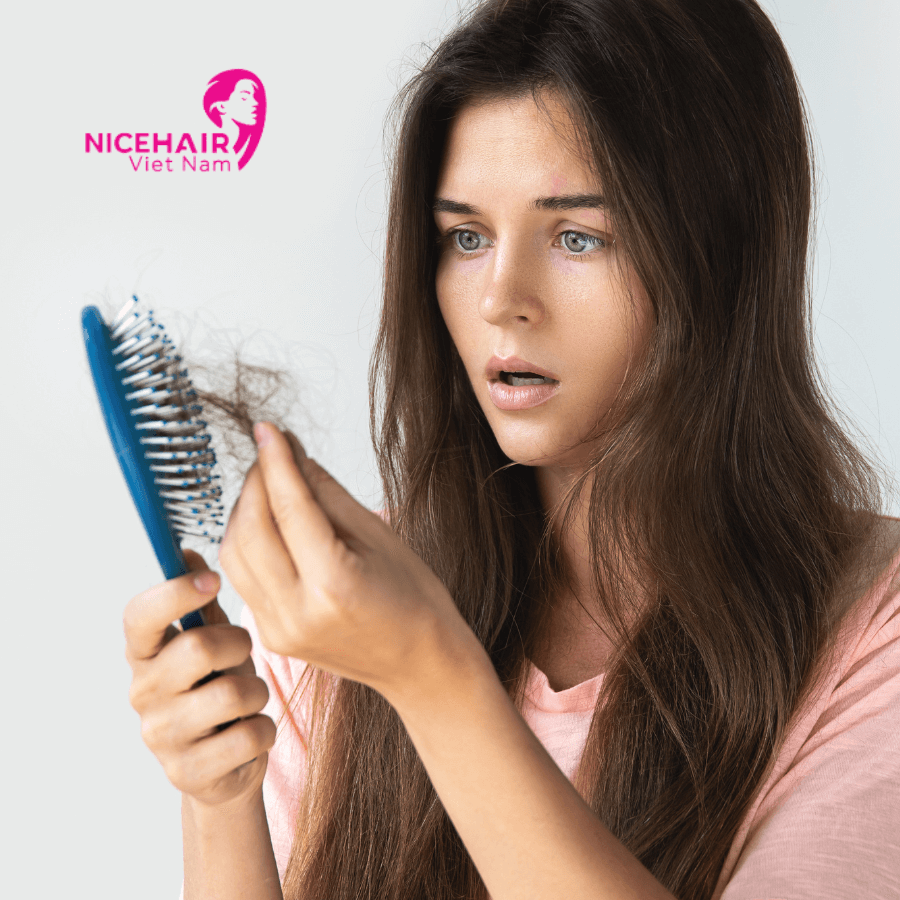
Signs and symptoms of hair loss
Hair loss can manifest in various ways, each with its own set of signs and symptoms:
- Gradual Thinning on the Top of the Head: This is the most common type of baldness and often occurs as people age. In men, it typically starts with the hairline receding on the forehead, while women tend to experience a widening of the part in their hair. A pattern increasingly observed in older women is frontal fibrosing alopecia, which leads to a receding hairline.
- Circular or Patchy Bald Spots: Some individuals may experience alopecia in circular or patchy bald spots on their scalp, beard, or eyebrows. Before the hair falls out in these areas, the skin might become itchy or painful.
- Sudden Loosening of Hair: Physical or emotional shock can lead to hair loosening. This could result in significant amounts of hair coming out while combing, washing, or even with gentle tugging. While this type of hair loss often causes overall thinning, it is usually temporary.
- Full-Body Hair Loss: Certain medical conditions and treatments, such as chemotherapy for cancer, can cause hair loss throughout the entire body. Fortunately, in many cases, the hair tends to grow back once the treatment is complete.
- Patches of Scaling on the Scalp: If you notice patches of scaling spreading over your scalp, it might indicate ringworm. This condition could be accompanied by broken hair, redness, swelling, and, at times, oozing.
It’s essential to be aware of these various signs and symptoms of alopecia as they can help identify potential underlying causes and guide appropriate treatment options. If you experience any concerning baldness patterns, it’s advisable to consult a healthcare professional or dermatologist for a proper evaluation and personalized care.
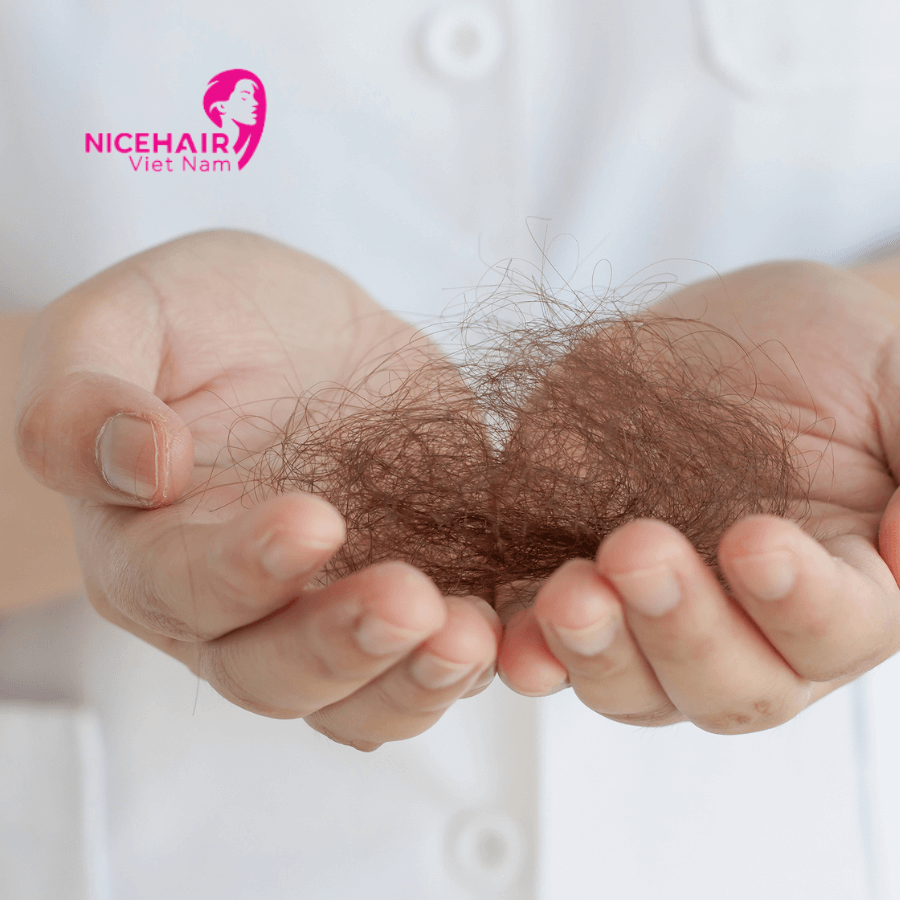
Causes
Hair loss can be a common concern for many people, and understanding its underlying causes is crucial in addressing and managing the condition effectively. On average, individuals typically lose around 50 to 100 hairs per day, which may not be noticeable because new hair continuously grows in to replace the ones that have fallen out. However, when the rate of new hair growth fails to keep up with baldness, noticeable thinning and balding may occur.
Several factors can contribute to hair loss, and these can be broadly categorized as follows:
Family History (Heredity)
The most prevalent cause of hair loss is a hereditary condition called androgenic alopecia, commonly known as male-pattern baldness and female-pattern baldness. It tends to manifest with age and follows predictable patterns. In men, androgenic alopecia often results in a receding hairline and bald spots, while women may experience gradual thinning of hair along the crown of the scalp. Hereditary hair loss is primarily influenced by genetic factors and hormonal changes.
Hormonal Changes and Medical Conditions
Hormonal fluctuations can play a significant role in hair loss. For instance, women may experience temporary hair loss during pregnancy and after childbirth, as well as during menopause. Thyroid imbalances can also lead to baldness. Another condition, alopecia areata, is an autoimmune disorder that causes patchy hair loss due to the immune system mistakenly attacking hair follicles. Additionally, scalp infections like ringworm can result in hair loss, and a hair-pulling disorder called trichotillomania, characterized by compulsive hair pulling, can lead to significant hair thinning or bald patches.
Medications and Supplements
Certain medications and supplements have been associated with hair loss as a side effect. Medications used to treat cancer, arthritis, depression, heart problems, gout, and high blood pressure are among those that might contribute to baldness. If you suspect that a medication is causing your hair loss, it’s crucial to consult your healthcare provider before making any changes.
Radiation Therapy to the Head
When individuals undergo radiation therapy, such as for cancer treatment, the hair in the treated area may not grow back the same as it was before. Changes in hair texture, color, and density are possible outcomes of radiation therapy.
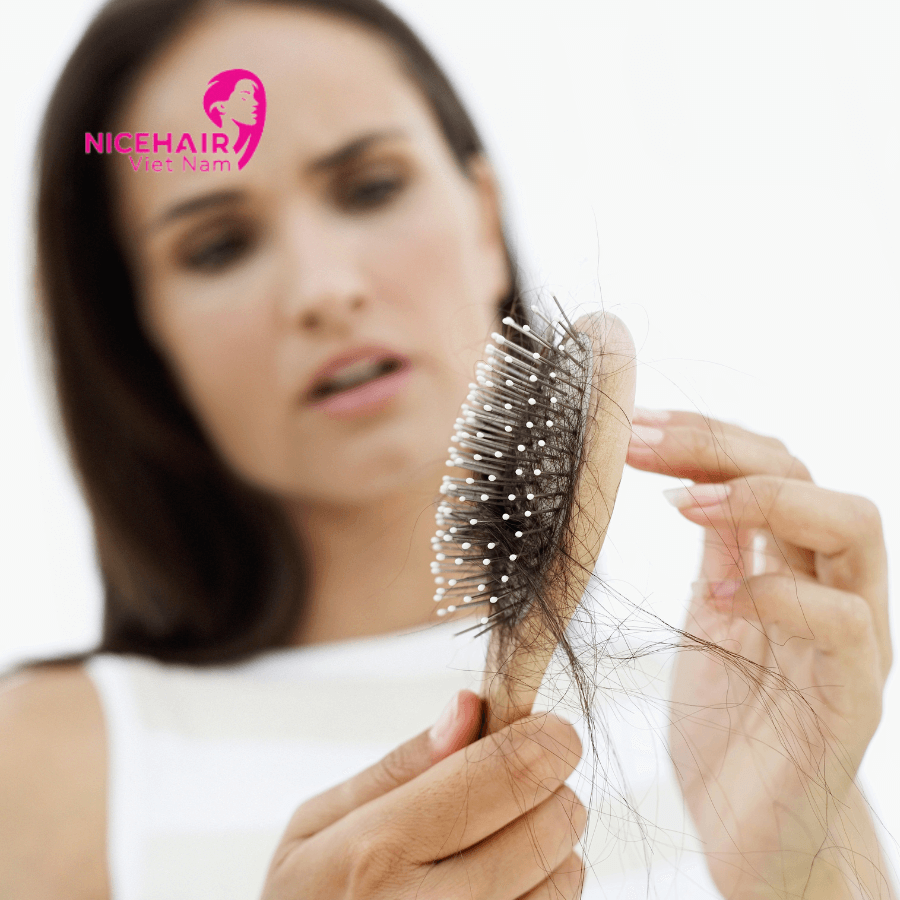
Stressful Events
Significant physical or emotional shock, such as surgery, trauma, or the loss of a loved one, can trigger a type of hair loss known as telogen effluvium. This condition causes hair follicles to shift from the growth phase to the resting phase, leading to a general thinning of hair. Fortunately, telogen effluvium is often temporary, and hair growth typically resumes once the body recovers from the stressful event.
Hairstyles and Treatments
Certain hairstyles that involve pulling the hair tightly, like braids, ponytails, and cornrows, can cause a type of hair loss known as traction alopecia. This condition results from the constant tension on the hair, which weakens the hair shafts and can lead to baldness. Similarly, excessive use of hot-oil hair treatments and chemical treatments like permanents can damage the hair, causing it to become brittle and more susceptible to breakage.
It’s essential to recognize the specific cause of hair loss to determine the most appropriate treatment approach. Consulting a healthcare professional or a dermatologist can help identify the underlying factors contributing to baldness and develop a personalized plan to manage the condition effectively. Additionally, maintaining a healthy lifestyle, including a balanced diet, managing stress, and using gentle hair care practices, can contribute to overall hair health and reduce the risk of further alopecia.
How to treat hair loss?
Hair loss is a multifaceted issue with various treatment options available, but determining the best approach depends on the specific cause of the hair loss experienced by each individual.
For the most common types of alopecia, topical or oral medications are typically the first line of treatment. Over-the-counter (OTC) medications often come in the form of topical creams, gels, solutions, or foams that are directly applied to the scalp. One of the most prevalent active ingredients found in many OTC hair loss products is minoxidil. Minoxidil is believed to promote hair growth and is effective for some people in slowing down hair loss and even encouraging the regrowth of hair in certain cases.
Prescription medications can also play a crucial role in addressing hair loss, especially for androgenetic hair loss, commonly known as male pattern baldness or female pattern baldness. Finasteride (Propecia) is a prescription medication that may be recommended to prevent further androgenetic hair loss, particularly in men. Finasteride is taken orally and works by inhibiting the conversion of testosterone into dihydrotestosterone (DHT), a hormone that plays a role in male pattern baldness. Some individuals experience new hair growth while taking finasteride, making it a potential option for hair restoration.
In cases where baldness appears to be related to autoimmune conditions, such as alopecia areata, anti-inflammatory medications like corticosteroids may be prescribed to reduce inflammation and slow down hair loss.
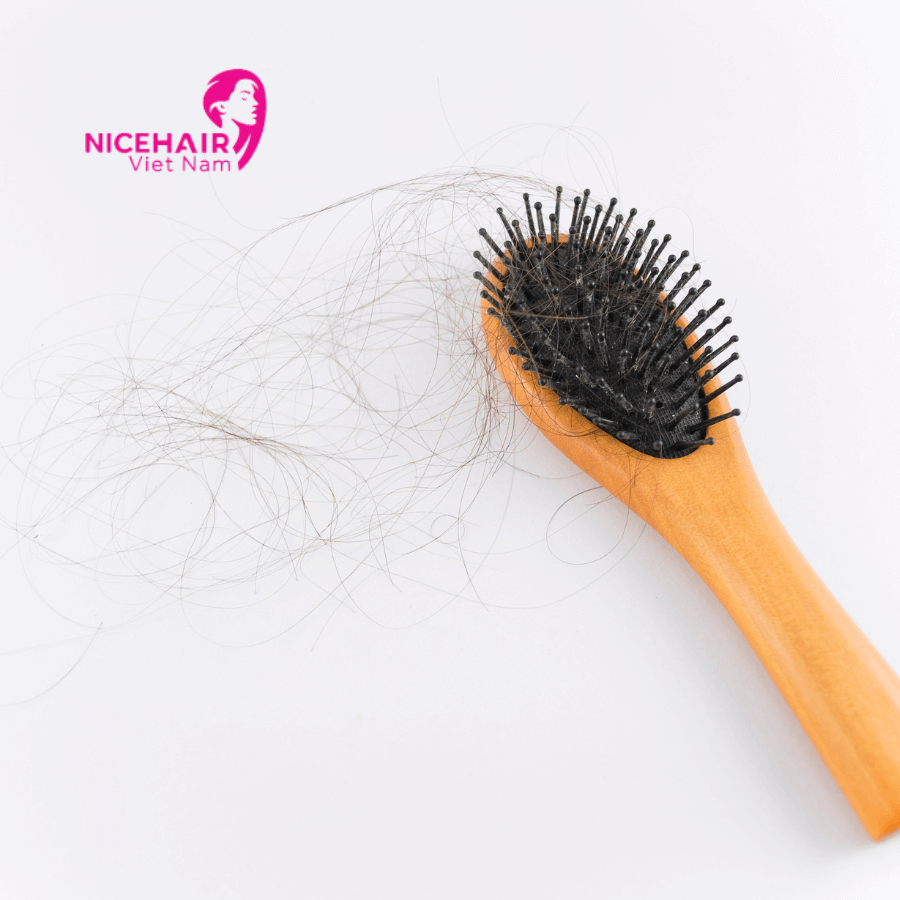
While the aforementioned treatments are well-established, researchers are continuously exploring newer and more advanced approaches to combat hair loss. Some emerging treatments include specific forms of low-level laser therapy (LLLT), microneedling with platelet-rich plasma (PRP), and the investigation of other oral medications with potential hair growth-promoting properties. However, it is crucial to recognize that many of these emerging treatments are still in the early stages of research and development, and further investigation is necessary to ascertain their long-term effectiveness and safety.
For individuals with advanced and progressive hair loss, hair transplant surgery might be a viable option. Hair transplant procedures involve relocating small skin grafts, each containing a few hair follicles, from donor areas (usually areas with healthy hair growth) to the balding regions of the scalp. This technique is most successful for individuals experiencing hereditary baldness, especially on the top of the head. However, it is essential to note that hair transplant surgery is generally less beneficial for individuals with scarring alopecias, where the hair follicles are permanently damaged.
In summary, the treatment of hair loss is a dynamic field with various options available. Consulting with a healthcare professional or a dermatologist is crucial for an accurate diagnosis and to determine the most suitable treatment plan based on the individual’s unique condition and requirements. Combining the appropriate treatment with a healthy lifestyle, proper nutrition, and hair care practices can maximize the chances of successfully addressing hair loss and promoting overall hair health.
How can I prevent hair loss?
Preventing hair loss requires a proactive approach that encompasses various lifestyle choices and hair care practices. By implementing these preventive measures, you can maintain healthier hair and reduce the risk of excessive alopecia:
Diverse and Nutrient-Rich Diet
A well-balanced diet plays a pivotal role in promoting overall health, including hair health. Ensure your diet includes a variety of nutrients, such as iron, protein, vitamins (particularly B-vitamins like biotin), and minerals like zinc and selenium. These nutrients are essential for healthy hair growth and can be found in foods like leafy greens, eggs, lean meats, nuts, and whole grains.
Avoid Tight Hairstyles
Hairstyles that put excessive tension on the hair and scalp, such as tight braids, buns, or ponytails, can lead to a condition known as traction alopecia. Opt for looser hairstyles to minimize stress on the hair follicles and scalp.
Be Gentle with Hair Handling
Refrain from excessive tugging, pulling, or rubbing your hair, as these actions can cause breakage and weaken the hair shafts. When detangling, use a wide-tooth comb or a brush designed for gentle use on wet hair.
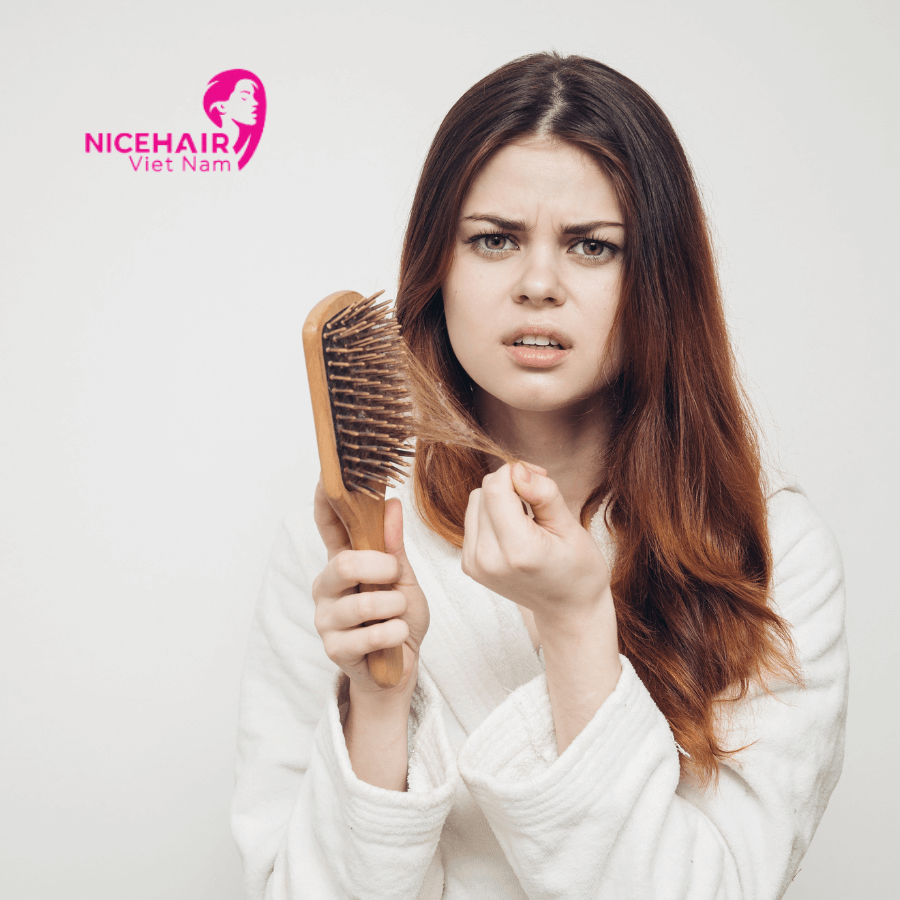
Pat Hair Dry
After washing your hair, gently pat it dry with a soft towel. Avoid vigorous rubbing or twisting, as wet hair is more susceptible to damage.
Limit Heat Styling
Heat styling tools like blow dryers, flat irons, and curling wands can strip the hair of moisture and cause damage, leading to hair breakage and brittleness. Whenever possible, allow your hair to air dry or use heat protectant products before using heated styling tools.
Choose Hair Products Wisely
Opt for hair care products that are suitable for your hair type and do not contain harsh chemicals that could further damage your hair. Look for shampoos and conditioners formulated for strengthening and promoting hair health.
Be Cautious with Chemical Treatments
Chemical treatments, such as hair dyes, bleaching agents, perms, and relaxers, can weaken the hair shaft and lead to hair loss over time. If you choose to use these treatments, ensure they are spaced out and avoid over-processing your hair.
Protect Hair from the Sun
Prolonged exposure to the sun’s UV rays can damage the hair cuticles and lead to dryness and brittleness. When spending time outdoors, consider wearing a hat or using hair products that contain UV protection.
Manage Stress
Chronic stress can contribute to hair loss. Practice stress-reducing techniques such as meditation, yoga, exercise, or engaging in hobbies to promote overall well-being, including healthy hair.
Regular Scalp Massage
Massaging your scalp regularly can help stimulate blood flow to the hair follicles, promoting hair growth. You can use your fingertips or a soft-bristled brush to gently massage the scalp in circular motions.
Remember that some degree of hair loss is a natural part of the hair growth cycle, and it is normal to shed around 50 to 100 hairs per day. However, if you notice excessive hair loss, sudden changes in hair density, or other concerning symptoms, it’s essential to consult a healthcare professional or a dermatologist. They can assess your alopecia condition, determine the underlying cause, and provide personalized recommendations or treatments to address the issue effectively. By taking proactive steps and adopting healthy hair care practices, you can enhance the overall health and appearance of your hair and potentially reduce the impact of baldness.
View more: Curly Hair: Care Tips for Managing Loose Curly Hair
Summary
We embark on an extensive and profound journey, delving into the intricacies of baldness that have captivated human fascination for centuries. As we traverse the vast landscape of alopecia, we aim to provide readers with an all-encompassing and in-depth understanding of this common yet enigmatic condition.
Hair loss, a global concern transcending borders and cultures, affects individuals of all walks of life, regardless of age or gender. From the subtle thinning of tresses to the profound departure of locks, the emotional impact of baldness can be profound, affecting self-confidence, self-image, and overall well-being. However, amid the plethora of information and myths surrounding hair loss, distinguishing veracity from fallacy can be an arduous task.
Thus, our guide serves as a beacon of truth, shedding light on the multifaceted nature of baldness. Through meticulous examination and scientific scrutiny, we dispel misconceptions and replace them with evidence-based truths. We traverse the diverse terrains of hair loss types, unveiling the intricacies and unique characteristics of each, whether it be the well-recognized androgenetic alopecia (male and female pattern baldness) or the lesser-known forms such as alopecia areata, telogen effluvium, and traction alopecia. Each type is unveiled, offering readers a comprehensive understanding of the distinct patterns and manifestations.
At the heart of comprehending baldness lies the exploration of its multifarious causes and risk factors. Therefore, our guide adopts a holistic approach, venturing into the labyrinthine interplay of genetic predispositions, hormonal fluctuations, environmental triggers, and lifestyle habits that influence hair loss. Armed with this encyclopedic knowledge, readers gain the power to discern their individual risk factors and make informed choices regarding hair care, lifestyle adjustments, and proactive measures to mitigate alopecia.
Beyond unraveling the enigma of hair loss causes, our guide leads readers through the evolving landscape of cutting-edge treatments and management options. We embark on a captivating exploration of the latest scientific research and groundbreaking therapies that have revolutionized the field of hair restoration. From topical and oral medications proven to wield efficacy in combatting hair loss to innovative techniques like platelet-rich plasma (PRP) therapy and hair transplant surgery, an entire universe of possibilities emerges, breathing hope and optimism into the hearts of those seeking to reclaim their hair health.
However, understanding hair loss transcends the physical, delving into the realm of emotional and psychological dimensions. The guide recognizes the profound impact hair loss can have on an individual’s sense of self and well-being. Thus, it offers a compassionate and empathetic guide, steering readers towards self-acceptance, resilience, and self-confidence. Providing a supportive companion through the challenges of hair loss, the guide becomes a trusted resource, nurturing the seeds of self-empowerment and cultivating a positive mindset.
Throughout the guide, the wisdom of experts and the counsel of seasoned practitioners are seamlessly interwoven with practical tips, empowering readers with actionable steps to care for their hair, adopt healthful lifestyle practices, and foster hair regrowth. From nourishing the body with a balanced and nutrient-rich diet to mastering stress management techniques and employing proper hair care rituals, individuals are equipped with a repertoire of proactive measures to preserve and enhance their hair health.
Our mission is not merely to inform but to inspire transformation. With compassion and scientific rigor, our guide becomes a beacon of hope and a catalyst for metamorphosis. Readers are invited to embark on a journey of self-discovery, acceptance, and empowerment, embracing their hair loss journey with newfound confidence and determination. Together, let us illuminate the truths about hair loss, shedding light on its complexities, and chart a course towards resplendent and flourishing locks.

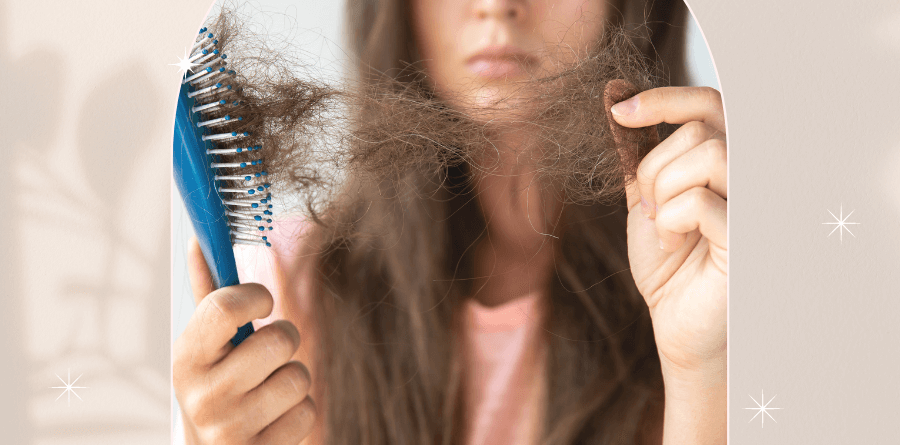
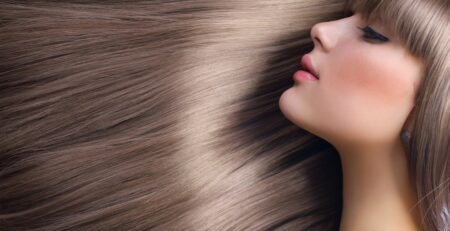
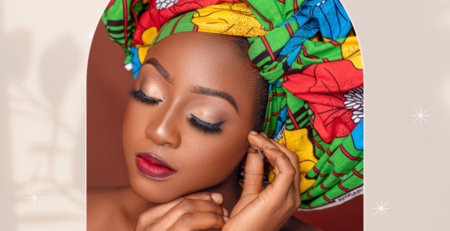


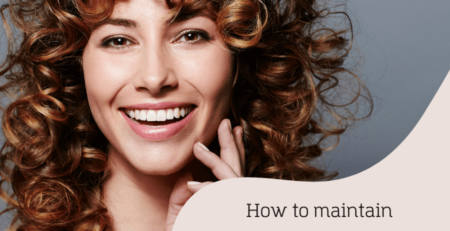
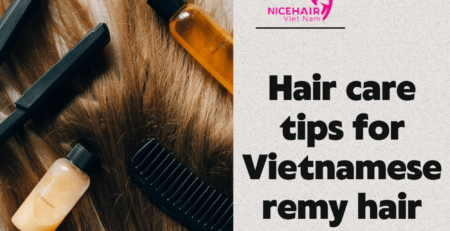
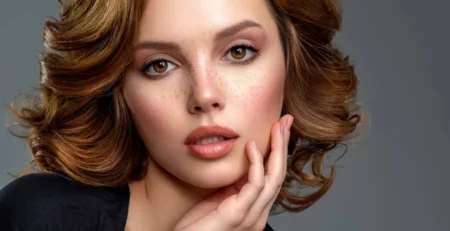
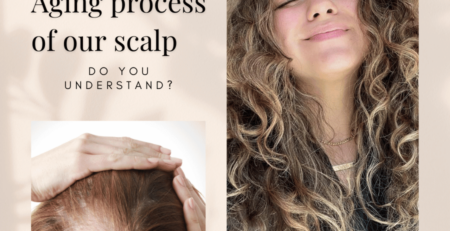
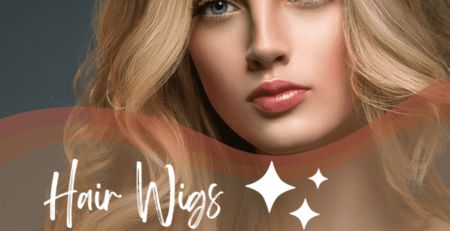
Leave a Reply